1. Breeding indoors
There is no doubt if you are trying to pick up cows in heat on a busy winter milk farm in November and December actually seeing the cows in heat can be a challenge.
The challenge for the farmer is getting the time to spot the cows bulling.
The challenge for the cow is standing on slippery, wet concrete all day and having the confidence and room to express heat for the fear of slipping etc.
There is danger around every corner when herding cows indoors over winter months. You have cows following you around the shed and jumping on nearby cows that will quickly move across your path trying to get out of the way.

Cows close to calving or in heat can be moved to a woodchip standoff or loafing area.
Some of the best farmers in winter milk will often have a woodchip pad or loafing area where cows in heat or cows coming in heat are locked into so operators are safer and cows are safer.
Think about it – is there something can be done with your buildings to improve your safety and welfare of cows?
2. Safety in crush gate
Selecting cows out for breeding is one thing but actually completing the job is another. So many farms make it difficult and dangerous to inseminate a cow.
A slipway gate or a purpose built small gate near the head of the crush that allows the imseminator get in and out quickly is a great time saver and a great safety feature.

A narrow slipway or gate at the top of the crush can make entering and exiting much easier.
There is much less chance of slipping getting over bars and also it is much easier to exit if something is coming up behind you or reversing back on top of you.
3. Maiden heifers too light
The question that always comes up for discussion with maiden heifers is whether the heifer is up to target weight or not.
In the majority of cases, we are talking about a difference of 30kg to 50kg per heifer and usually it is related to birth date, with the lighter heifers slightly younger.
The question arises when a 300kg heifer comes bulling and the farmer asks would it be worth waiting for another three weeks when she comes in heat again.
In the majority of cases in compact-calving autumn or spring operations, once the flag is raised, she should be bred.
The danger is letting her wait three weeks could actually put her on a quicker road out of the herd as she slips closer to the end of breeding should she not go in calf on the first serve.
4.Feed availability and cubicles
If proper feed space is not available for winter milk producing herds, the consequences on milk performance and breeding can be substantial.
Some farmers who are split-calving will keep freshly calved cows separate from the main milking herd for a number of weeks post-calving and for the first few weeks of breeding so they have choice feed, are not bullied by other dominant cows and always have access to cubicles etc.

At the other extreme, breaking the herd into too many subgroups can also be a problem as the more cows are separated from herd mates it’s harder to see cows coming into and out of heat.
5. Cow condition
Thin cows not showing signs of coming in heat that maybe are very low in condition score, or cows that are lame or under pressure for one reason or another can be switched to once a day milking to allow them push more energy towards recovery rather than milk production.
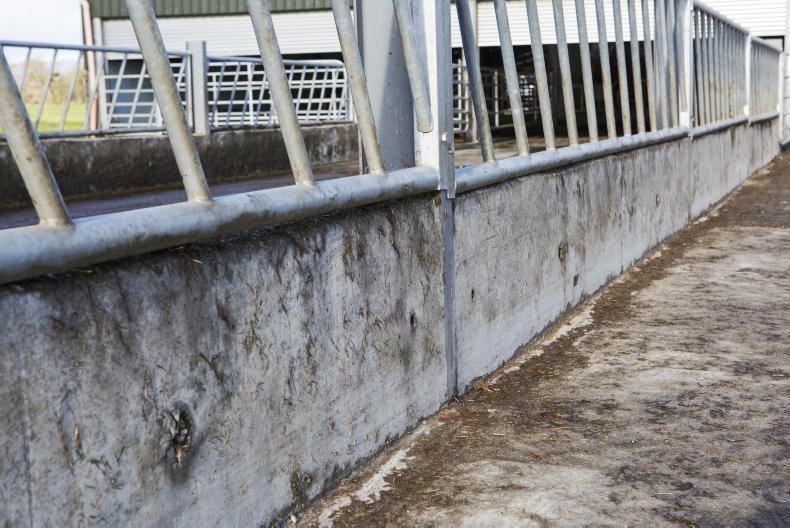
Feed space availability is crucial to achieving good intakes once cows are housed.
All winter milk farmers should be aiming to condition score cows now – three to four weeks out from start of breeding.
This allows the farmer time to implement management changes in advance of breeding start date for thin cows and gives the cow a chance to divert more energy to look after herself rather than continuously looking to push out more milk.





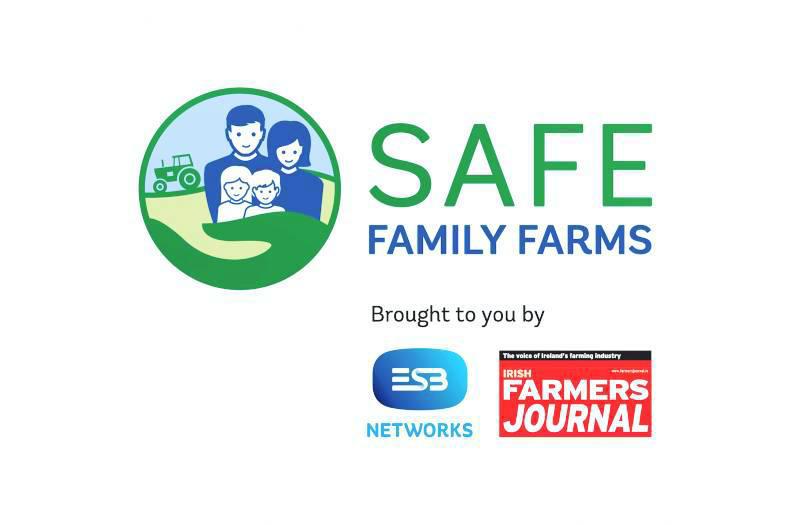
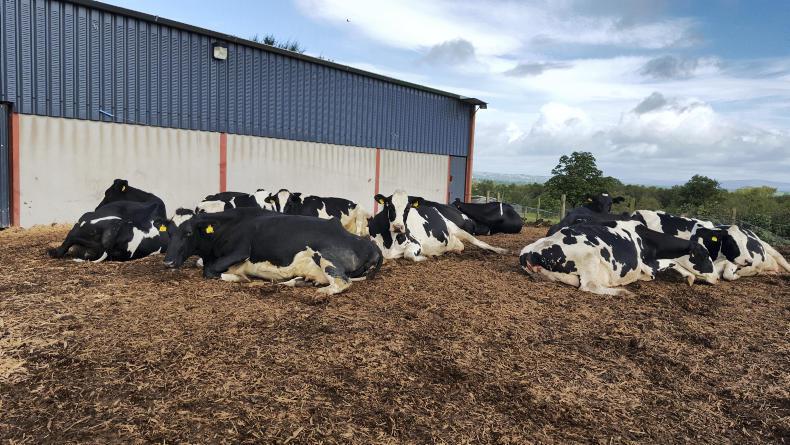
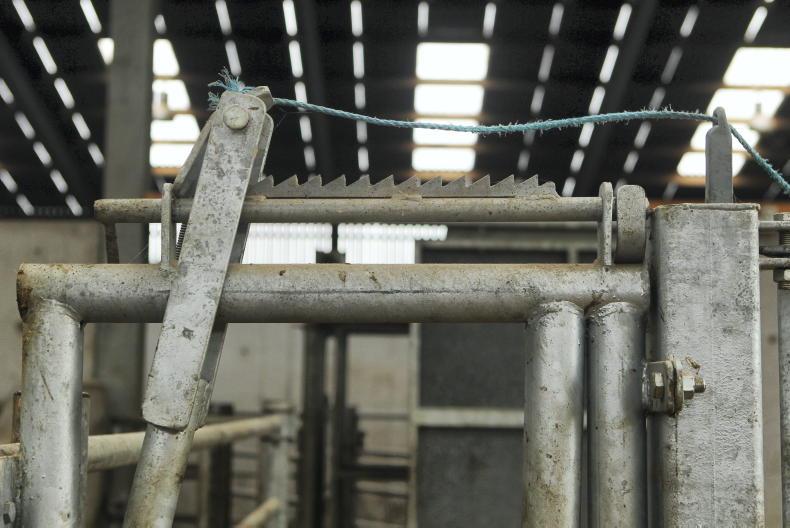
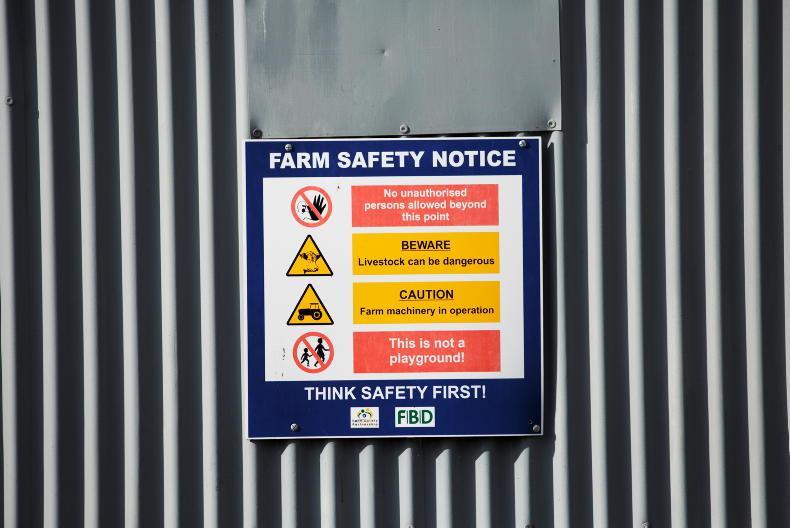


SHARING OPTIONS